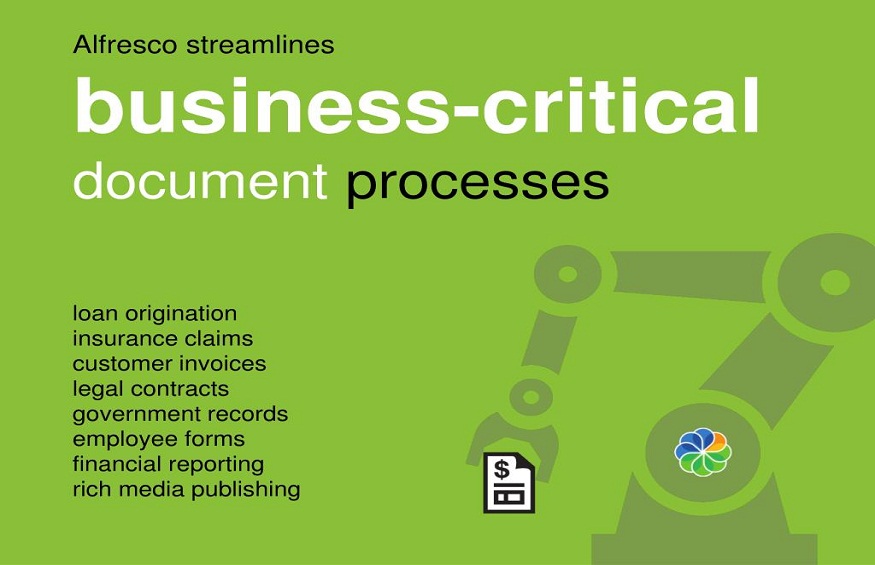Business Critical Processes
Business continuity is the process of creating systems. Prevention and recovery to deal with potential threats to a. company. Business Continuity Planning is used to create a. detailed plan for how an organization will face.
While most parts of any business are considered necessary, if an incident did occur, priority must be given to the restoration of the processes deemed to be business-critical to the company’s performance.
Business-critical processes can be defined as:
“critical operational or support activities without which the business would rapidly be unable to achieve its objectives.”
These individual processes must be given preferential access to premises, staff, equipment, or records if an emergency restricted their overall availability. It is for these processes that plans need to be prepared.
create an effective business continuity plan
A business continuity plan lists procedures and instructions an industry must follow in the face of calamity, whether fire, flood, or cyberattack. Here’s how to create some that give the industry the best chance of surviving such an event.
We rarely get a notice that a disaster is ready to strike. Even with some lead time, other things can go wrong; every situation is unique and unfolds in various methods.
This is where a business continuity plan comes into meaning. To give your company the best shot at success during a calamity, you need to put a current schedule in the hands of all people responsible for carrying out any part of that plan. The preliminary plan doesn’t explain the industry will take longer than relevant to recover from an event or situation. They could go out of business for good.
Why business continuity planning matters
Whether they operate a small business or a large industry, they strive to remain competitive. It’s crucial to retain current customers while increasing the customer base, and there’s no better test of their capability to do so than right after an event.
Because restoring IT is critical for most industries, numerous disaster recovery solutions are available. They can rely on IT to implement those solutions. But what about the rest of their business generation? Their industry’s future depends on your people and processes. Being able to handle any situation effectively can positively affect their industry’s reputation and market value, increasing customer confidence.
“There’s an increase in business and regulatory expectations for security today,” says Lorraine O’Donnell, global head of business continuity at Experian. “companies must know the processes within the business and the effects of the loss of this procedure over time. These limits can be financial, legal, reputational, and regulatory. The risk of having an industry “license to manage” withdrawn by a regulator or having conditions applied can adversely affect the market value and business confidence. Build your recovery strategy around the downtime for this procedure.
Anatomy of a business continuity plan
If their organization doesn’t have a Business plan in place, start by assessing their business processes, deciding which areas are vulnerable, and the potential losses if those processes go down for a day, a few days, or even a week. This is essentially a BIA.
Next, develop a plan.
This involves six general steps:
- Identify the scope of the plan.
- Identify critical functions.
- Identify dependencies between numerous business areas and functions.
- Identify key business areas.
- Determine acceptable downtime for each critical function
- Create a plan to organize operation

